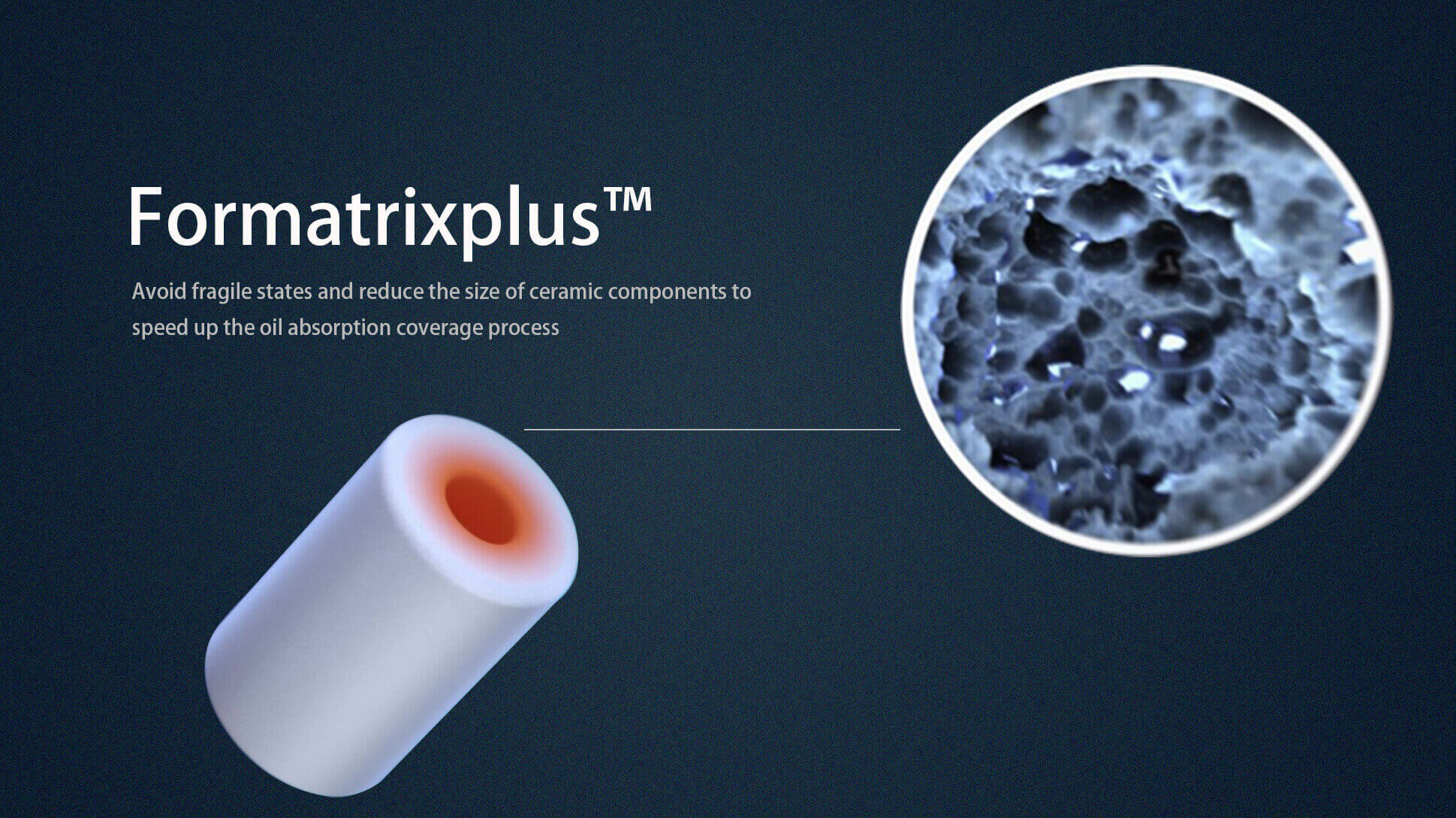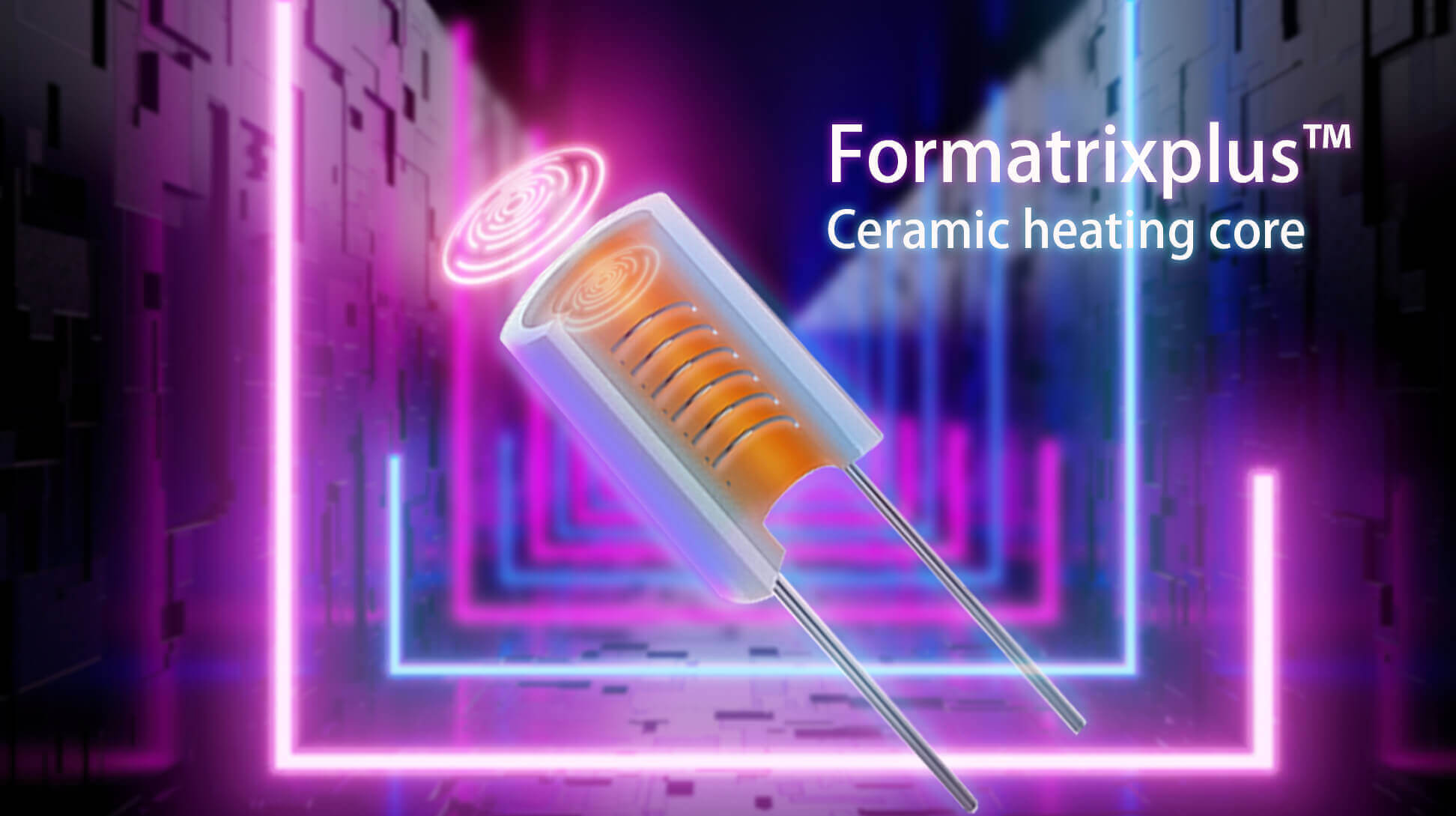Cannabis vaporizers are constructed of several components that influence the cannabis vaping overall experience. The satisfaction can be valued from varying angles, such as its battery life, the availability of features to prevent cannabis oil leakage, temperature control functions, and ultimately its vaporizing performance. One of the core elements that significantly affect the vaporizing performance is its heating component. Let’s dive deeper into the world of the vape pen heating elements for you to decide the best investment for your cannabis vaporizers brand!
![]()
Choose Your Vaporizer Heating Method!
It’s crucial to initially comprehend the heating methods available for cannabis vaporizers. Depending on the cannabis products you distribute, you may need to test different heating methods. The most common heating methods implemented in cannabis vaporizers are conduction and convection. However, some cannabis vaporizer brands have recently been utilizing the induction method. What are the advantages and disadvantages of each method?
1. Convection Heating Method: Say No to Combustion
The convection heating method focuses on transferring the heat through moving fluids without direct contact with the heating coil, which is similar to the oven’s heating structure. This system is only useful for dry herbs because air voids exist on the surface of dry herb which promotes heat absorption and ensures that the heat is distributed evenly on the dry herb. It is crucial to prevent the production of an overburning vapor taste for the cannabis vapers. Applying the convection heating method means that the cannabis vaporizers must possess separate compartments for both the dry herb and heating coil.
The convection method has some advantages. The first and foremost one is that it offers no risk of combustion due to the dry herb that is not in direct contact with the heating element. This is crucial as it prevents the cannabis vapers from inhaling toxic substances in the smoke and ash released through the combustion. As indicated prior, the heating method also helps produce a consistent flavor throughout the cannabis vaping journey. The only and most endearing issue of the convection method is its heating speed. The indirect contact with the heating coil causes a slow temperature rise and often requires more heat to vaporize the dry herb.
2. The Hassle-Free Conduction-Type Cannabis Vaporizers
Stands in the opposite of the convection heating method, the conduction heating method allows the cannabis oil to be in contact with the heating coil, which resembles how we boil water in a cooker. The conduction type of cannabis vaporizer places its heating element and cannabis oil together. Once the battery powers up the heating element, it will vaporize the cannabis oil within its proximity.
The conduction principle allows the cannabis vaporizers to vaporize the cannabis oil twice as fast as the convection one. This is especially beneficial for those cannabis vapers who aim for instant anxiety and pain relief. Due to their straightforward design, conduction-type cannabis vaporizers are usually more affordable and have fewer components to maintain, which become suitable for beginners in cannabis vaping. However, the structure that allows the cannabis oil to be in contact with the heating coil makes it vulnerable to combustion risk.
3. The Brand New Induction Heating Method: Will it Flourish?
This heating method is one of the modern ones as it attempts to overcome the disadvantages of conduction and convection heating methods. And it is only applied to the dry herb vape pen. It utilizes a magnetic field to generate heat once the induction materials are placed in it. Similar to the convection-type cannabis vaporizers, the cannabis oil is not in contact with the heating coil due to its compartmentalized structure. Hence, it omits the risk of combustion. The disparity is that it is claimed to reach the optimal vaporizing temperature at a relatively faster phase than the conventional type. And this method is relatively difficult in technical aspect and requires a strong background of both financial and seniority. This fairly-new heating method is expected to develop in the future.

Choose Your Vape Pen Heating Coil Material!
As we are now aware of the different vape pen heating methods, the other crucial step is determining the materials to construct the heating elements that impact the cannabis vaping experience. The most common heating coil materials used are metal, ceramic, and glass. Which one to choose?
1. Metal Heating Coil: Take Full Control of Your Vaporizing Temperature
Metal is the best option when it comes to presenting accurate temperature control. The nature of metal as a conductor of electricity allows it to adjust the heat almost immediately after modifying the temperature control module. Due to this responsiveness, many well-known cannabis vaporizer brands, such as PAX, turn to this material as their cannabis vape pen’s heating coil. However, this material is not flawless as it has the possibility of altering the vaporized cannabis oil flavor. Although unproven, some researchers even suggest that the heated metal may release toxic substances that can mix with cannabis oil vapor.
2. Glass Heating Coil: Your Last Resorts
The glass material is considered the black sheep in the cannabis vaporizer industry because of the lack of benefits. Despite being in a higher price range, this material does not have any significant advantage over cannabis vapers, and it is also prone to shatter. The only time that it successfully gains momentum is when being used as the nail for a dab rig to consume cannabis concentrates without any changes in flavor compared to when a metal nail is being used.
3. Ceramic Heating Coil: Reliable Option with A Room for Improvement
Unlike the metal heating coil, the ceramic heating coil is best at maintaining the luscious taste and quality of the cannabis oil vapor. This heating coil is especially favorable for those cannabis vapers who like to experiment on different cannabis strains with their cannabis vaporizers. The ceramic material is also capable of withstanding an extremely high temperature up to 3000 Fahrenheit, which surpasses both metal and glass materials’ melting points. The only attribute of a ceramic material that still needs refinement is the temperature control accuracy, especially when compared to metal.

The plentiful advantages that outdo its drawbacks allow the ceramic material to bloom in the cannabis vaporizer industry. You will be able to effortlessly find different ceramic materials in the market. However, your primary concern should be how to source the highest-quality ceramic material to deliver a heavenly cannabis vaping experience for all cannabis vapers.
Cilicon® introduces you to our superior Formatrix heating technology to ease your journey! This top-notch technology makes use of only premium-quality ceramic materials to produce a compact micropore ceramic core and paired it with an Alchrome (Iron-Chromium-Aluminum) FeCrAl electric resistance heating coil to ensure you have the best heating core that distinguishes your vaporizer in the cannabis market.
Our heating coil utilizes a refined scientific ratio of ceramic components that increases its porosity without reaching its peak to avoid fragile status and narrow the size of the ceramic component to expediting the oil absorption coverage process. With 20000+ tests, this invention is proven to achieve excellent heat durability and high rigidity despite its compact micropore ceramic heating core. It facilitates the vaporizing process to help cannabis users save cost and electricity while making every puff of vape bolder and uniform without overburning it.

Cilicon® Fulfills Your Need of The First-Rate Heating Coil
The heating element is a crucial component that affects your cannabis vaporizer’s quality. To achieve the finest vaporizing performance, the initial step is to select the heating method that meets your vision of a cannabis vaporizer. Whether it is convection, conduction, or induction, each method has its advantages and disadvantages to consider. After going through this step, you may begin selecting your cannabis vape penr’s heating coil materials. The commonly used ones are metal, glass, or ceramic. Despite their wide availability, you should only aim for the highest quality to ensure a divine cannabis vaping experience. Cilicon® is here to answer your need by providing the unrivalled heating coil for your cannabis vaporizer. With our Formatrix heating technology, being a foreman in the cannabis vaporizer industry is no longer just a vision!